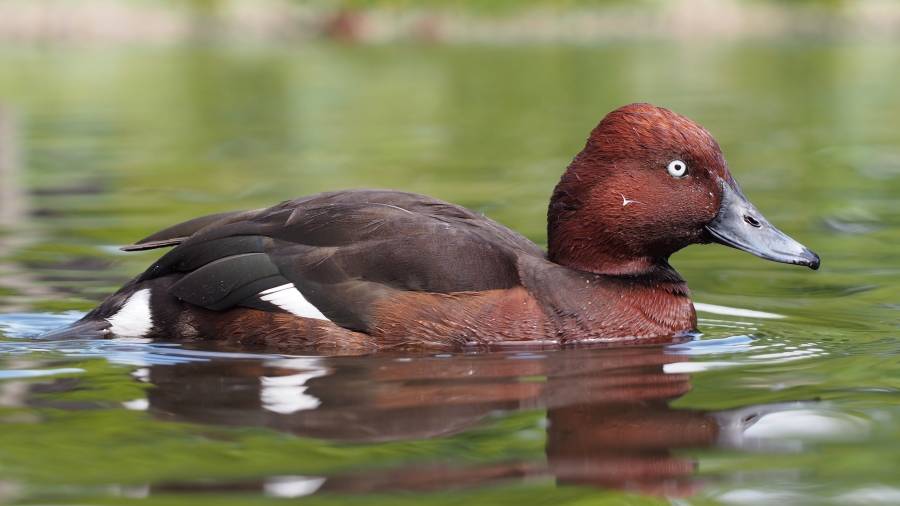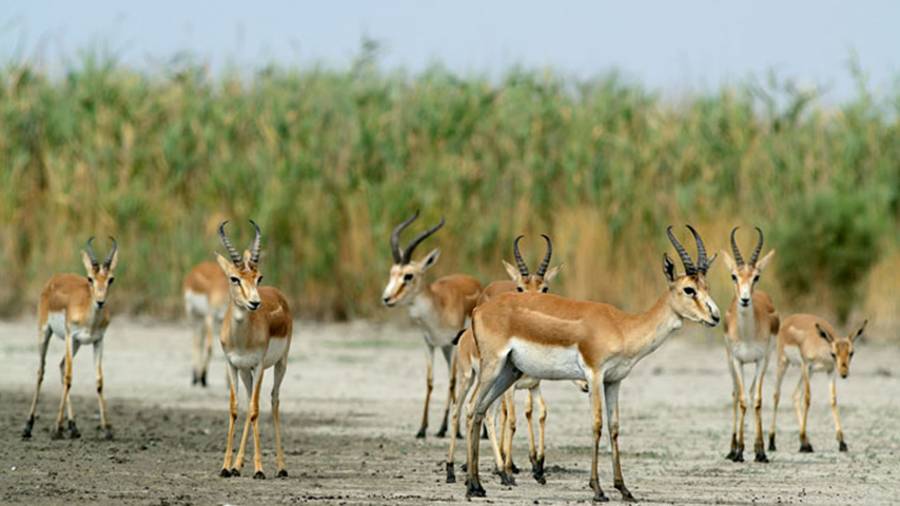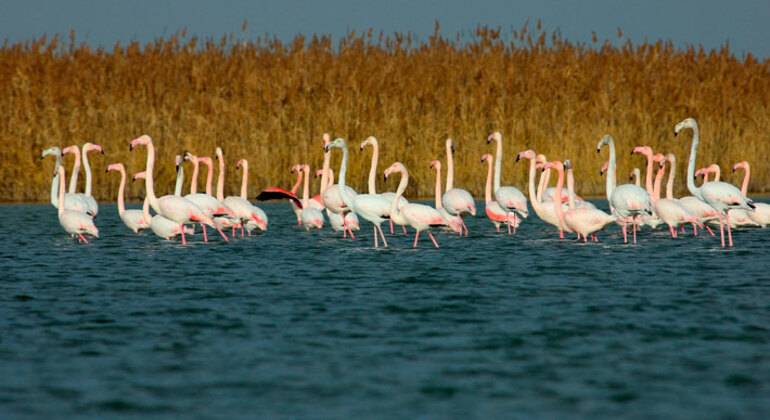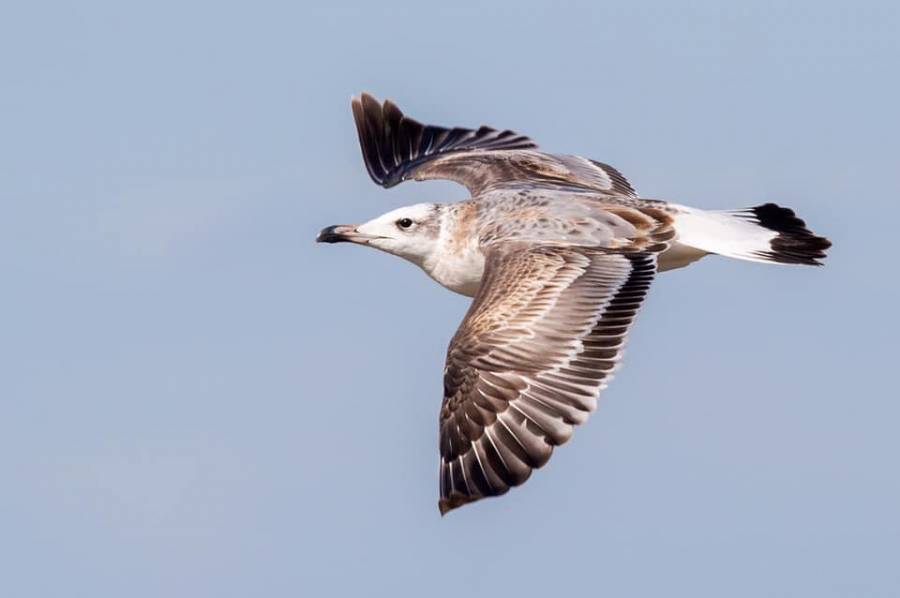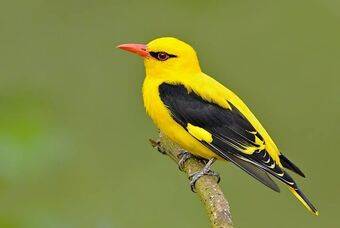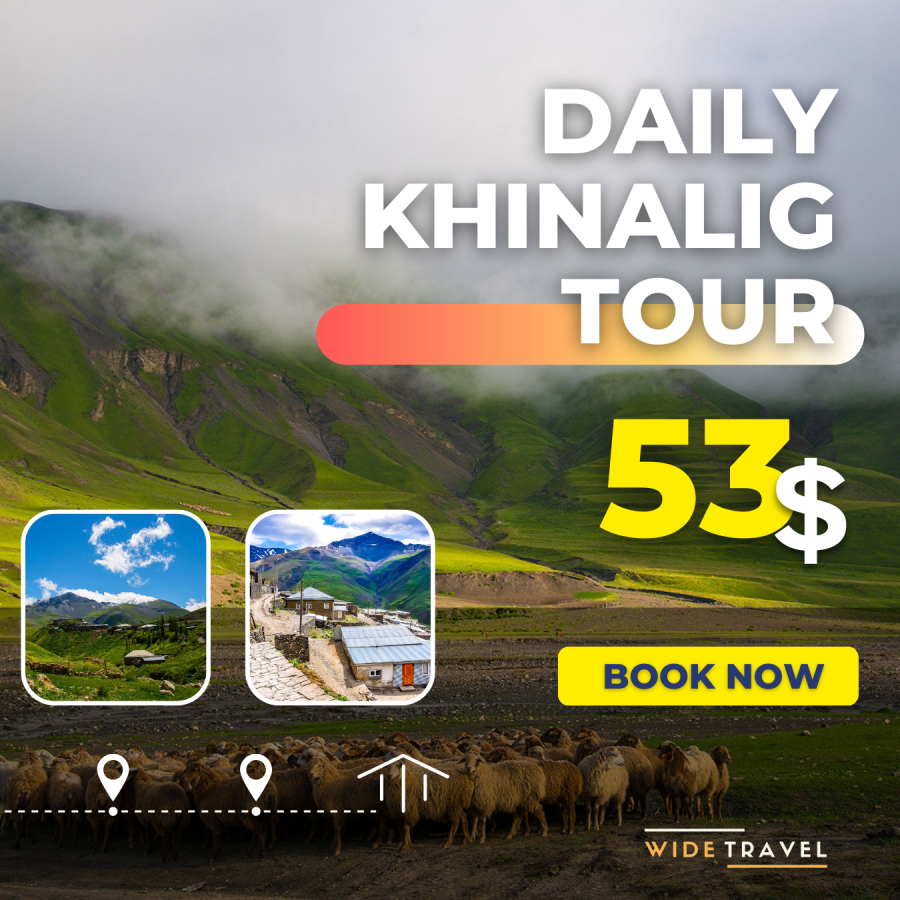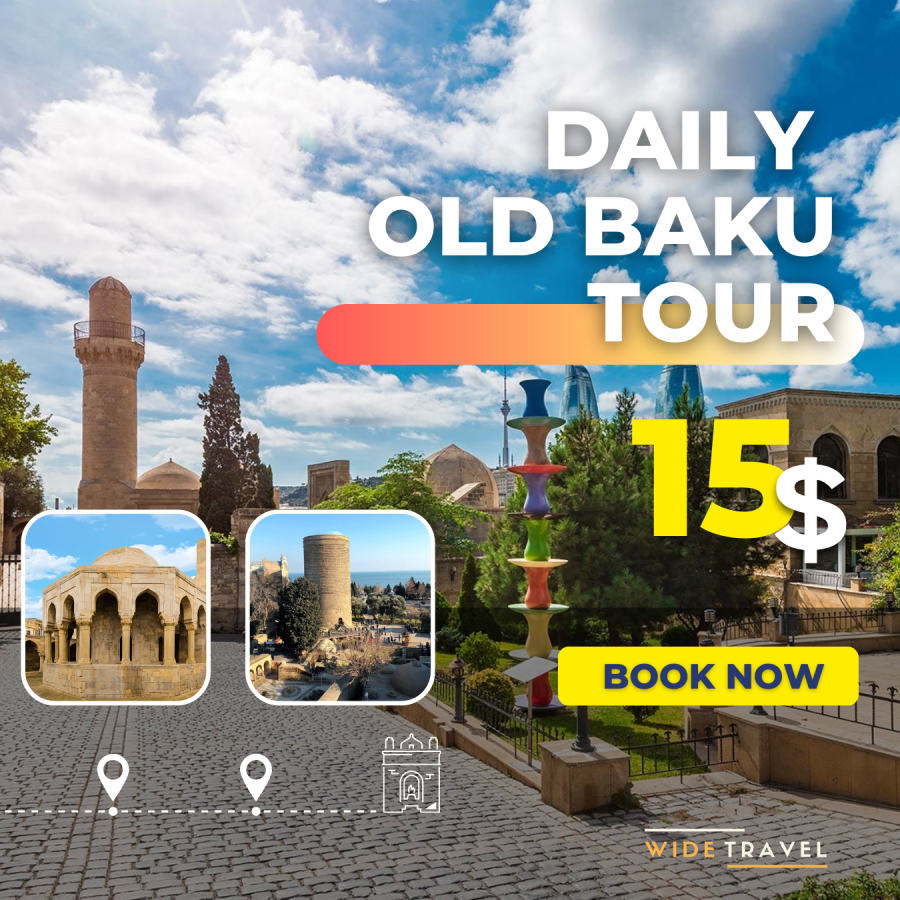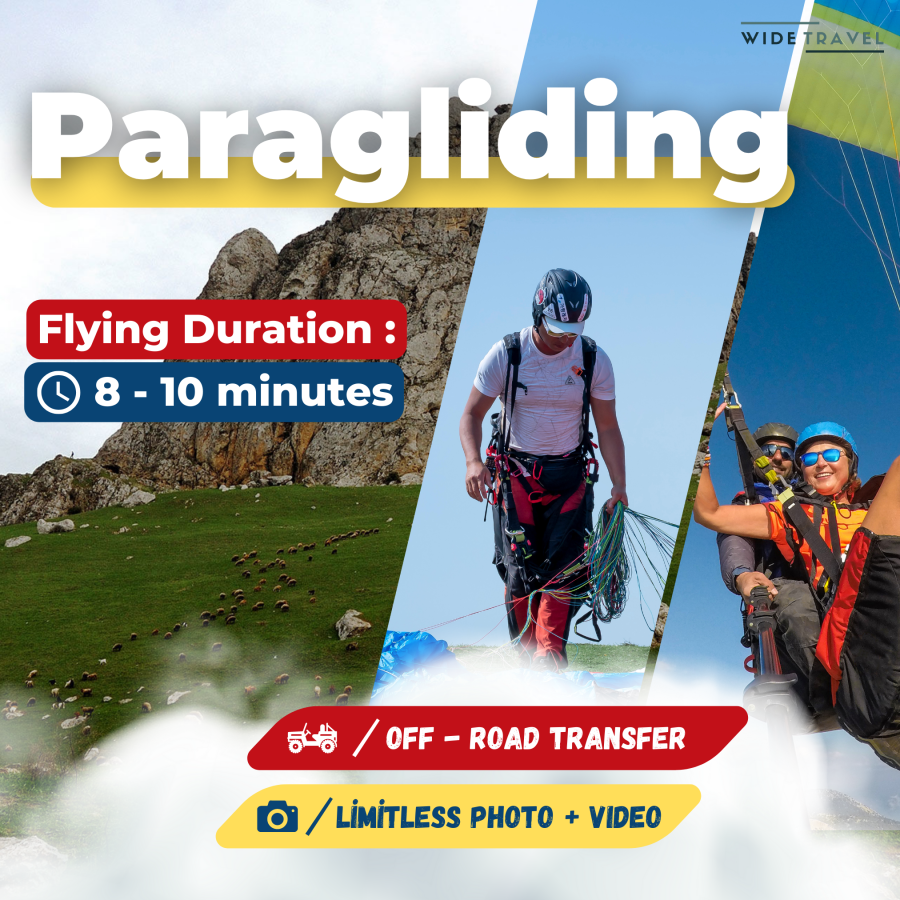Baku, Quba
Tour program:
Day 1 – Baku
08:00 driving to Absheron National Park (60 km): the park surrounded with Caspian Sea from 3 sides. The arid plains caused by the semi-desert climate cover almost 2000 acres. In the territory of the park, it is possible to see water-swamp birds (hawks, partridges, cormorants, ducks, etc.) wolves, jackals, Caspian tortoises, water snakes etc. Also, the park is the home of species included in the "Red Book": Caspian seals, gazelles, common ostriches, white-eyed blackbirds, whispering eagles, common flamingos, brown wags, curly-haired pelicans, etc.
Driving back to the hotel
Overnight in Baku
Day 2 – Baku – Guba
Breakfast at the hotel; Check – out from the hotel
07:00 – After the breakfast starting the trip (1 hour) to Beshbarmag bottleneck – migrating birds are known to avoid topographical barriers. At these barriers, the local environmental conditions often lead to a high concentration of migrants at certain corridors or points usually referred to as 'bottlenecks'. The Greater Caucasus and the Caspian Sea are such barriers for migrating birds in south-western Asia. A narrow coastal plain between the Greater Caucasus and the Caspian Sea in Azerbaijan (Beshbarmag bottleneck) provides excellent conditions for studying bird migration. Here is possible to see red-listed species as globally threatened by the IUCN (i.e.Sociable Lapwing Vanellus gregarius, White-headed Duck Oxyura leucocephala, Saker Falcon Falco cherrug, Egyptian Vulture Neophron percnopterus, Lesser White-fronted Goose Anser erythropus, Dalmatian Pelican Pelecanus crispus, Eastern Imperial Eagle Aquila heliaca, Greater Spotted Eagle Aquila clanga), another eight as 'near threatened'.
Continue the trip to Guba: located on the Eastern end of the Caucasus Mountains, which was part of the Caucasus Albania Empire (IV BC – VII AD). There were 26 tribes in this empire. Today remains of these tribes (Ketish, Haput, Lezgin, Tat, c\Cek, etc) live in the northern part of Azerbaijan. All these nations preserved their language, culture, traditions till today.
After arriving in Guba: visiting Chanlibel Lake, enjoying from the lake and nature; accommodation at hotel
Overnight in Guba
Day 3 – Guba – Khinalig – Guba
Breakfast at the hotel
Driving to Shahdag National Park passing through Khinalig village (1,5 hour); the territory of Shahdag National Park covers the territory of 6 districts. It is the largest national park of Caucasus. The height of the territory of the National Park has had a significant impact on the diversity of its climate, the richness of its vegetation and wildlife. Among the birds, there are pheasants, blackbirds, squirrels, quails, yellow shirts, shepherds, woodpeckers, crows. Partridge, berkut and wild eagle species whose names are included in the "Red Book" of the Republic of Azerbaijan are protected in the area.
Later visiting Khinalig village – an ancient Azerbaijan village on top of the Grand Caucasus Mountains going back to the Caucasus Albanian period. It is the highest settlement in Europe. Citizens of the village call themselves Ketish and considering themselves sons of Noah, who was able to survive from the flood.
Here we will have chance to observing Caucasian Snowcock, Horned Lark etc.
Overnight in Guba
Day 4 – Guba – Baku
Breakfast at the hotel; Check – out from the hotel
After the breakfast driving to Altiagaj National Park: the park covers territories of Khizi and Siyazan districts, is located at a distance of "six trees" (tree was ancient unit of length – app. 5-6 km) from Shamakhi to one of the villages was named Altiaghaj. Pheasants, partridges, quails, shepherds, wild eagles, partridges and blackbirds are found in the area. It is possible to see different types of eagles whose names are included in the "Red Book" of Azerbaijan.
Also, on the way enjoying view of The Candy Cane Mountains: are shale mountains in Khizi and Siyazan region. The Candy Cane Mountains were originally dubbed so by travel writer Mark Elliott in his guidebook. The mountains' colours are produced by groundwater that has altered the oxidation state of the iron compounds in the earth. These mountains contain numerous belemnites from the Cretaceous period. Later driving back to Baku
Overnight in Baku
Day 5 – Baku – Masalli
Breakfast at the hotel; Check-out from the hotel
After the breakfast 1.5-hour drive to Shirvan National Park: located on the migration routes of birds and here 230 species of birds were registered. The Park’s activity is focused on the protection of the Goitered Gazelle, waterfowl birds and typical plant biotypes of the Shirvan Lowland. It is also possible to see Little Bustards, Calandra Lark, Black Franclion and Long-legged Buzzard etc.
Arrival in Masalli; Check – in at hotel
Overnight in Masalli
Day 6 – Masalli
Breakfast at the hotel
After the breakfast driving to Gizilagac National Park: the park located on the cost of Caspian Sea. There are 4 species of less widespread and 3 species of Caucasian endemic plants (found only in the Caucasus region) in the national park - hybrid poplar, Plantago fılformis, Grossgem inflorescence and one species of Azerbaijani endemic radish.
Also it is possible to see species included in the Red List: Reed cat, flamingo, white goose, common bluebird, marble duck, common ornament, etc.
Later driving to Khanbulan Water Reservoir in Hirkan National Park: 99% of the Park area is covered by forests. The Park normally has very high humidity and precipitation throughout the year. The park protects the humid subtropical and humid temperate forests. Also this area preserves many endemic plants species and subspecies of birds (Caspian tit, the Caucasus pheasant). It is possible to see Syrian woodpecker, Gray wagtail, Hircanian tit, Asian-crimson winged finch etc.
Overnight in Masalli
Day 7 – Masalli – Baku
Breakfast at the hotel; Check-out from the hotel
After the breakfast driving to Mahmudchala Lake (swamp) between. In cooler months possible to see large rafts of ducks right from highway. Also possible to see snipe, redshanks and Black-tailed Godwits feed in the wet pools beside the road.
Driving back Baku: Arrival in Baku
End of the program

